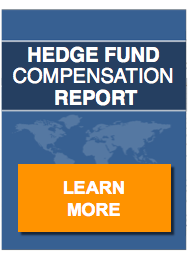Despite a dismal year for performance and continued attacks on hedge funds in the media, the industry stills seems to be doing a good job at marketing and attracting money from big institutional investors.
First, there’s a survey from hedge fund service provider SEI that shows 38% of institutional investors plan to invest more money with hedge funds, not less, in 2012. And from Pensionfundsonline comes word that UK pension funds have doubled their exposure to the asset class from 1.8% to 4.1% between 2009 and 2011.
So how are hedge funds winning this marketing battle? First, by responding to institutional investors’ need for greater transparency and more competitive fee structures. These efforts include new ways to verify assets, clearer pricing structures and open-risk protocols. But even more, hedge funds have discovered that they can help major investors such as pension funds solve a key problem.
Many pension funds are either carrying large deficits or giving their sponsor companies headaches due to the volatility in the markets. This volatility is apparently an even bigger concern to companies that use mark-to-market accounting rules.
Hedge funds that address this risk appear to be gaining traction. This includes hedging against equity risk and hedging against inflation or interest rate risks that can add to the shortfall that many big pension funds find themselves battling.
According to Pensionfundsonline: “The volatile business of investing in equities has become less popular under this approach. That has opened room for alternative asset classes like real estate, infrastructure and hedge funds, who aim to reduce volatility with techniques like going both long and short on stocks, and trying to make money from falling stock markets.”
What’s more, many pension funds have gained enough experience with hedge funds that they have abandoned a more cautious fund-of-fund approach in favor of more direct allocations to key fund managers. The SEI survey noted that 40% of institutional investors now invest solely in single-manager funds. That’s up from 24% one year ago.


